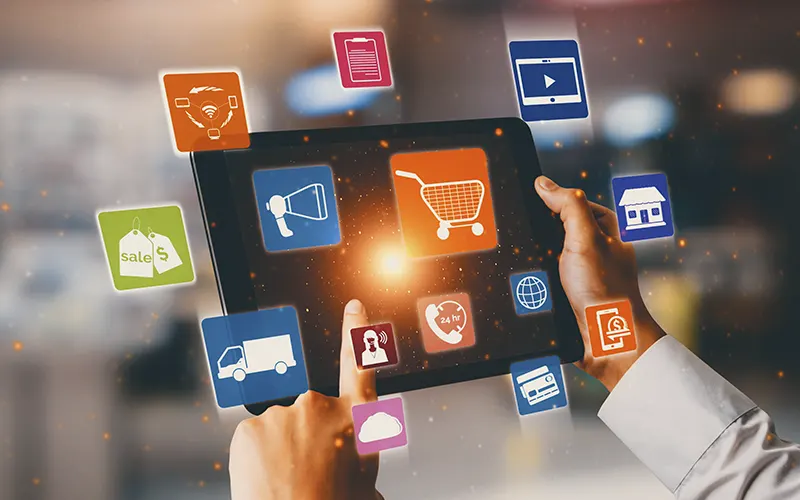Customers are shopping online, in-store or both at the same time. Their expectations of brands have become more demanding in terms of the shopping experience they encounter. There is a wealth of touchpoints for a customer to connect with a brand and the customer expects their interactions to transition smoothly from one channel to the next no matter where they begin their journey – online or offline, on an app or with a customer service rep.
Omnichannel marketing allows traditional consumer companies to more effectively compete with their online-only counterparts. The value and returns created from an omnichannel strategy are greater than the initial investment in building out a seamless experience across multiple channels.
The following statistics deliver a compelling argument for any consumer-facing company, from retail to financial services, to invest in an omnichannel strategy.
Be Everywhere Your Customers Are
Omnichannel customers spend 4% more in-store and 10% more online than single-channel customers. For every additional channel they use, customers spend more money. (Harvard Business Review, 2017)
48% visit brand websites to research products. Younger consumers (37% of teens and 27% of Millennials) use video channels to research. (CMO, 2018)
73 percent of customers shop across multiple channels (Harvard Business Review, 2017)
49% of consumers buy from their favorite omnichannel brands at least once per week (Marketing Land, 2016)
Give Your Customers What They Want
9 out of 10 consumers want an omnichannel experience with seamless service between communication methods. (UC Today, 2019)
71% of consumers want a consistent experience across all channels, but only 29% say they actually get it. (Gladly, 2018)
Nine out of 10 consumers say they expect a seamless transition when moving from one communication method to another. (NICE inContact, 2018)
Omnichannel Investment Pays Off
Personalization at scale can drive between 5 and 15% revenue growth for companies in the retail, travel, entertainment, telecom, and financial services sectors. (McKinsey, 2017)
49% of consumers buy from their favorite omnichannel brands at least once per week (Marketing Land, 2016)
Businesses that adopt omnichannel strategies achieve 91% greater year-over-year customer retention rates compared to businesses that don’t. (Aspect Software, 2014)
Omnichannel shoppers have a 30% higher lifetime value than those who shop using only one channel. (Google, 2014)
It’s Not Too Late
And here’s one more bonus statistic: According to Rakuten, 26% of companies have yet to take any action regarding an omnichannel strategy.
It generally costs a brand more to win a new customer than retain an existing one. With an omnichannel marketing strategy in place, brands can not only have an edge on their competition for new customers, but they can also build long-term loyalty amongst their existing customer base.




